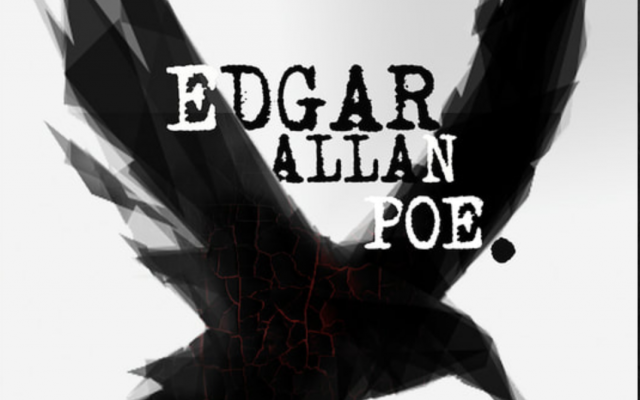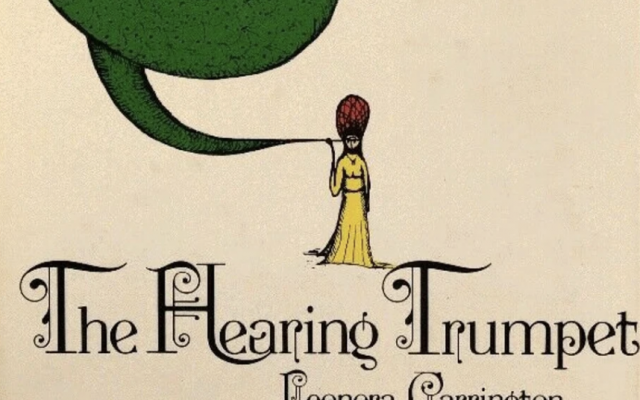5 Winter Reads
A list of 5 winter reads selected and described by Jane McArthur
Part of our wider reading series inspired by our programme. Each edition is selected and described by Jane McArthur, chair of our programme group

Angela Carter
The Bloody Chamber and Other Stories
Angela Carter, The Bloody Chamber and Other Stories, Penguin, 1979
Drawing on the decadence of Odilon Redon and Joris-Karl Huysmans, the darkness of Grimm, and the fabulous in myths and legends, Carter’s nightmarish, wayward stories tell of shapeshifting, entrapment, passion and the transformational power of love. She creates worlds in which traditional storytelling is subverted, where recognisable tales such as Bluebeard’s Castle, Beauty and Beast and Little Red Riding Hood are reconfigured through the female perspective. The stories are told in rich, sensual language that entices and beguiles revealing how the apparent ensnared victims turn the tables and triumph.
Read by Matthew, one of our Young Assistants.

Edgar Allan Poe
The Selected Works of Edgar Allan Poe
Edgar Allan Poe, The Selected Works of Edgar Allan Poe, Collins Classics, 2016.
Containing his most famous works including ‘The Fall of the House of Usher’, ‘The Pit and the Pendulum’ and ‘The Raven’, this collection shows the breadth of Poe’s imagination which ranges from what are considered to be the first detective stories to situations that plumb the depths of human cruelty, illuminating universal fears of suffering, entombment and altered states of mind. His influence on the late 19th century decadent movement and Surrealist artists and writers is evident in these clear sighted, brutal, twisted and emotionally courageous stories which haunt the imagination long after the final page.
Read by Matthew, one of our Young Assistants.

Leon Garfield
Devil-in-the-fog
For younger readers
Leon Garfield, Devil-in-the-Fog, Puffin, 1966.
A gothic tale of intrigue, identity, subterfuge and murder. Set in the eighteenth century, George, the fourteen-year-old hero brought up in a family of strolling players, finds his fortunes dramatically changed as his true identity is revealed and he finds himself in a gloomy crumbling mansion with an ailing father and a cold and distant mother, people plotting against his life and the ever-present spectre of The Stranger. Yet nothing is as it seems, for as the plot twists and turns, through the fog, both literal and metaphorical, George finally discovers his true life story.
Read by Hania, one of our Young Assistants.

Leonora Carrington
The Hearing Trumpet
Leonora Carrington, The Hearing Trumpet, (1974) with an introduction by Ali Smith, Penguin, 2005.
Nonagenarian Marian Leatherby’s world is as surreal as Carrington’s paintings, where people, creatures and the places they inhabit are never quite what they seem, where the practical everyday intermingles with the gothic, macabre and anarchic. Drawing on episodes in her own life, Carrington subverts legends, fairy tales and world religions to create stories within stories set primarily in a bizarre Mexican nursing home in which at first Marian seems destined to end her days. Yet through a combination of her own defiance, the help of a friend, murder and the occult, a new life emerges in a post-apocalyptic world where humans and animals live side by side in a new Ice Age. In this wise and witty novel Carrington shows us the importance of questioning and seeing the world differently.
Read by Ruby, one of our Young Assistants.

Nikolai Gogol
Dead Souls
Nikolai Gogol, ‘Dead Souls’, translated by Richard Pevear and Larissa Volokhonsky, Vintage Classics, 1997.
Born in the same year as Edgar Allan Poe, Gogol’s novel ostensibly describes Chichikov’s journey through Tsarist Russia as he procures the names of dead serfs from provincial landowners in a bid to register them as living and thus acquire land. Surreal and mischievous, people, places and indeed the dead souls themselves are not always quite what they seem. Likewise, Chichikov himself, a likeable charlatan with grand ambitions, shifts and adapts chameleon-like to any situation, yet in pursuing his ambition is perhaps also endangering his own soul. Gogol quietly poses questions to his readers concerning morality, humanity and an individual’s power over their fellow human beings in this satirical study of manners and greed.
Read by Jane McArthur.
